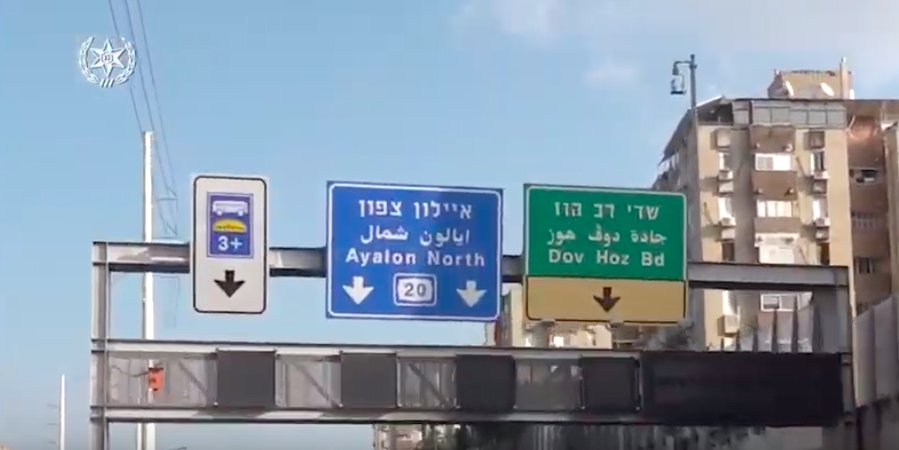The first weekday on which cars with two passengers (including the driver) or more were allowed to use public transport lanes on the Coastal Highway (southbound) and the southern section of the Ayalon Highway (northbound) resulted in havoc for both bus and car drivers.
Sundays and Thursdays are the most difficult days of the week. On these days, many commuters travel by car and avoid using trains, because so many soldiers use the railway on these days and passengers cannot get a seat and must stand in crowded carriages. The fact that traffic jams are worse on these days shows clearly which alternative commuters prefer.
The traffic jams that began at 6:15 this morning at the Or Akiva Interchange on the Coastal Highway usually do not occur until later, and are also unusual in this holiday season. Everyone between Or Akiva and Netanya was caught in the jam, regardless of how many people were in the car. Why did this traffic jam happen on today? No unusual events were spotted along the way, other than the new public transport lane arrangements, which began 20 kilometers to the south at the Netanya Interchange.
In principle, the difference for the ordinary driver between the new situation and the former one focuses on a number of road sections. The new system takes one lane of the coastal road on the section between the Netanya Interchange and the Poleg Interchange, where the lane merges with the public transportation lane. A lane is once more allocated to carpool drivers in the section between Kfar Shmaryahu Interchange and Hasira Interchange in Herzliya. From there southward until the Glilot Interchange, the situation has not changed.
The difference does not appear to be a big one, but the traffic jams that began at Or Akiva proved otherwise. At the Netanya Interchange, where the new lane begins, a perfect traffic circus emerged. It rapidly became clear that the number of cars with two or more people was large enough to quickly fill the special lane. To these drivers were added other drivers from the Netanya, Cellcom, and Poleg Interchanges who wanted to merge with the crowded traffic in the regular lanes, but were unable to do so and were forced to continue in the carpool lane.
There were also drivers who wanted to switch from the ordinary lanes in order to turn right into the filling stations on the road, or to enter the Netanya interchanges. Overseeing the scene was a squad of police motorcycles that circulated and stopped cars from time to time. Only towards the Wingate Institute did traffic loosen up.
In one of the radio news broadcasts, all of the drivers could hear a representative from the Ministry of Transport boast of the new regulation's results and how much time drivers with passengers had saved. The representative did not say from exactly from what geographic point or using what method the duration of the journey had been measured. Nor did he say what would happen after the holidays, when the volume of traffic will revert to its usually larger proportions. Meanwhile, from my personal and unrepresentative experience, the travel time for all of the vehicles that entered Road 2 southbound from Or Akiva and Caesarea was longer.
Related News

